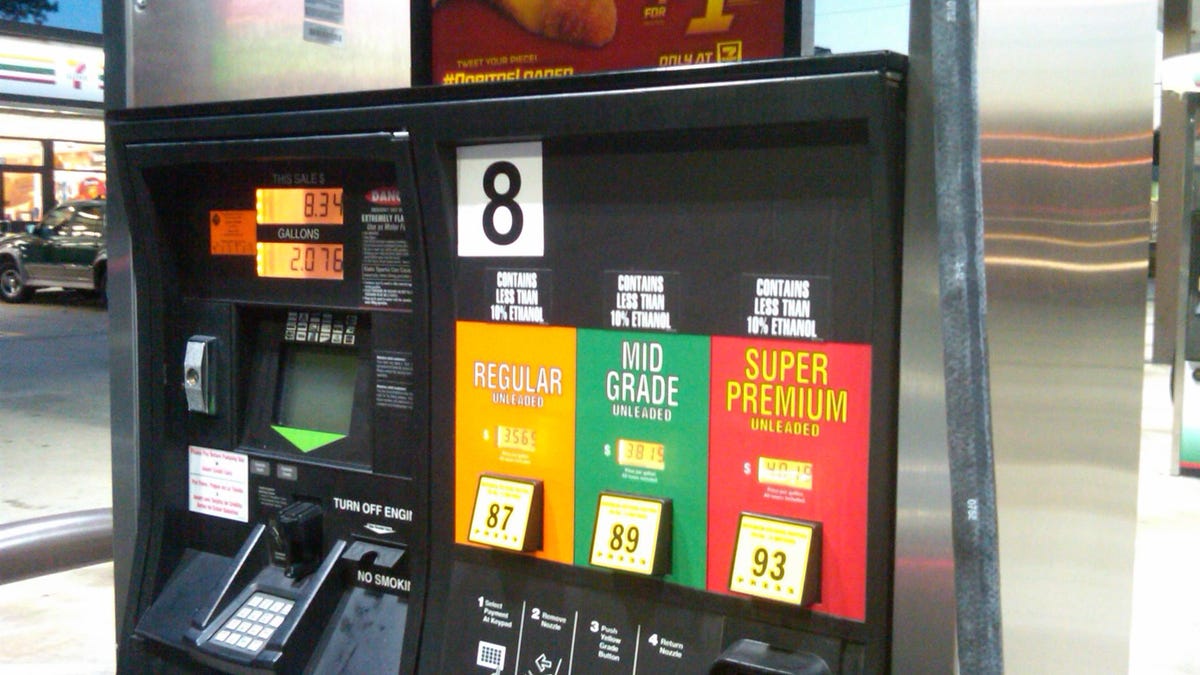The myth of midgrade gas
Need midgrade gas? Save money by blending your own.

We had a lot of interest in my recent video about midgrade gas, how few cars need it, and the plan to move everyone to premium instead. Still, many of you seem committed to using midgrade, so we looked into it more and found that it's a bit of a myth, as well as hackable.
First the myth: Most refiners don't really make midgrade gas. They make regular and premium and that's what's stocked underground at the gas station. When you squeeze the midgrade handle you get a cocktail of the two fuels, "splash blended" as you pump. Thank the EPA, because it tightened underground storage tank rules in 1988 and again in 2015, causing a lot of service stations to dig up and replace their old gas storage tanks. When they put new ones in they often installed just two and started to blend on the fly.
Now a tip: If your car is rated for midgrade gas you may save money by blending your own. Dispense some from the regular pump, then start a new transaction and dispense the rest from the premium pump. Figuring out the proportion is easy in states like California where our grades are often evenly spaced at 87, 89 and 91 octane. A 50/50 split of regular and premium gives you midgrade's 89 octane. Doing this could save you 5-10 cents per gallon at stations we spot surveyed.
I know people who will drive miles to save that, though I am not one of them.
Finally, now that you know midgrade is part premium does that mean using it gets you some of premium's other benefits like engine cleaning? Likely, but gauging the value of proprietary additives is something between a black art and a religious prostration.
Instead, just follow the AAA's recent recommendation to use Top Tier-rated fuels, which have a measurable advantage in engine durability. Gas station brands that take part in Top Tier must offer that advantage, regardless of fuel grade or any other proprietary additives they may have.

